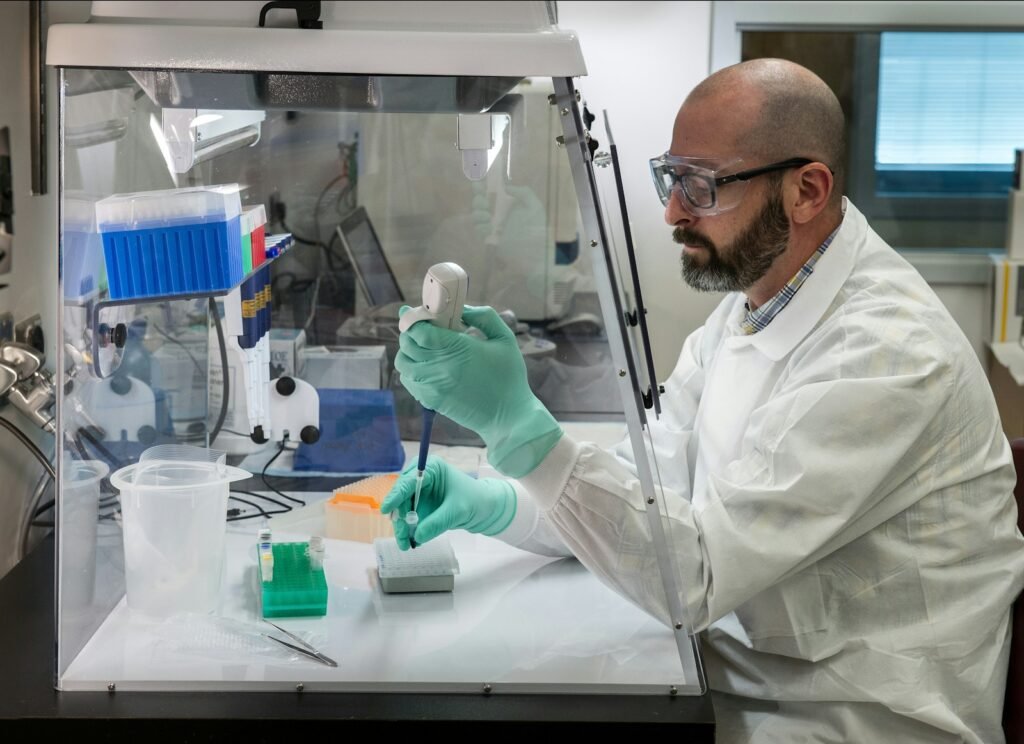Before humans embarked on journeys into space, animals were the pioneers of interstellar exploration. The urgent quest to conquer this final frontier led researchers to conduct experiments involving various animals to gauge the effects of space travel on living organisms. Sending animals into space provided valuable insights into the physiological and psychological impacts of this extreme environment, serving as precursors to human expeditions and significantly advancing our understanding of space travel.
Why Animals Were Chosen for Space Missions

Animals were chosen for early space missions primarily due to the need to understand the unknown effects of space travel on biological systems without risking human lives. The biological similarities between some animals and humans allowed scientists to make educated predictions about how the human body might respond to conditions like weightlessness, radiation, and confinement. Moreover, certain animals, such as rodents, have short lifespans, which allowed for the observation of life cycle changes in a relatively brief period.
Key Milestones in Animal Space Missions
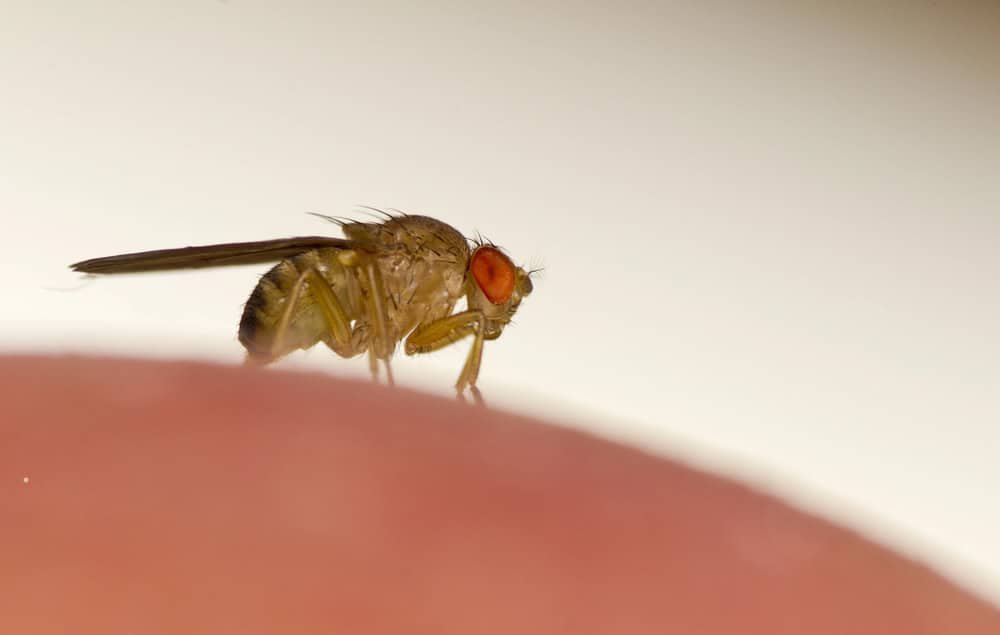
The history of animals in space dates back to the 1940s, with numerous species contributing to our understanding of spaceflight. In 1947, fruit flies were the first animals launched by the United States aboard a V-2 rocket to study radiation exposure at high altitudes. The flight demonstrated that living organisms could survive space travel.
Perhaps the most famous animal space traveler was Laika, a Soviet space dog, who became the first animal to orbit Earth in 1957. Laika’s mission provided critical data about maintaining life in orbit, although the mission was not intended for her return.
The 1950s and 1960s saw extensive use of monkeys and apes, who helped scientists understand how the body might respond to the environment of space, focusing on aspects like gravitational stress and the impact of zero gravity on motor skills.
What We Learned About Microgravity
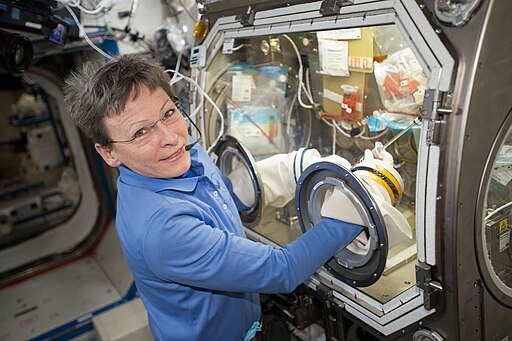
Animal experiments in space have been vital in understanding microgravity’s effect on living organisms. Microgravity conditions aboard spacecraft have significant consequences for muscle atrophy and bone density loss, first observed in rodents and later in other mammals. The study of microgravity’s effects on animals helped develop countermeasures like exercise routines that are now integral to human space missions, ensuring astronauts maintain muscle and bone health during prolonged stays in space.
Radiation Exposure Insights
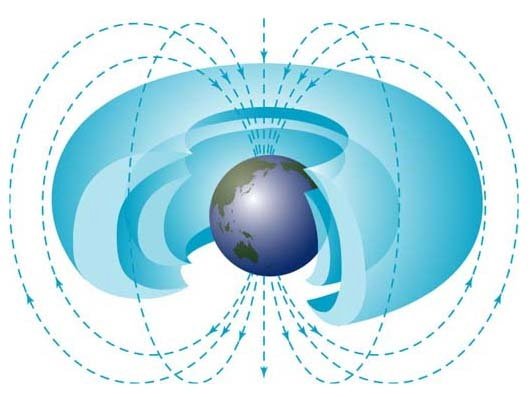
Another critical area of study has been understanding space radiation and its potential biological implications. Experiments with animals have shown that long-term space travel could pose significant risks due to radiation exposure. Such findings have been instrumental in developing advanced shielding technologies and protocols to protect future astronauts from harmful space radiation, ensuring the safety and sustainability of extended space missions, such as those to Mars or beyond.
The Psychological Effects of Space Travel
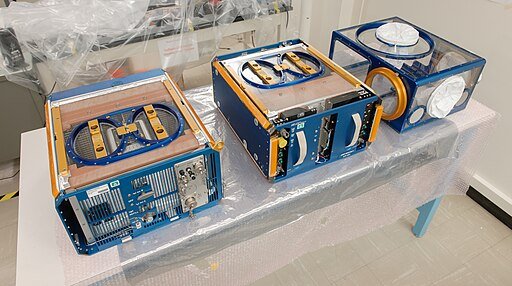
Beyond the physical challenges, animal experiments have also illuminated the psychological impacts of space travel. Studies on rodents have explored changes in behavior and cognitive function, shedding light on how confinement and altered day-night cycles in spacecraft could affect mental health. These findings have emphasized the importance of designing spacecraft and habitats with psychological well-being in mind, ultimately benefiting human crew members.
Ethical Considerations and the Future
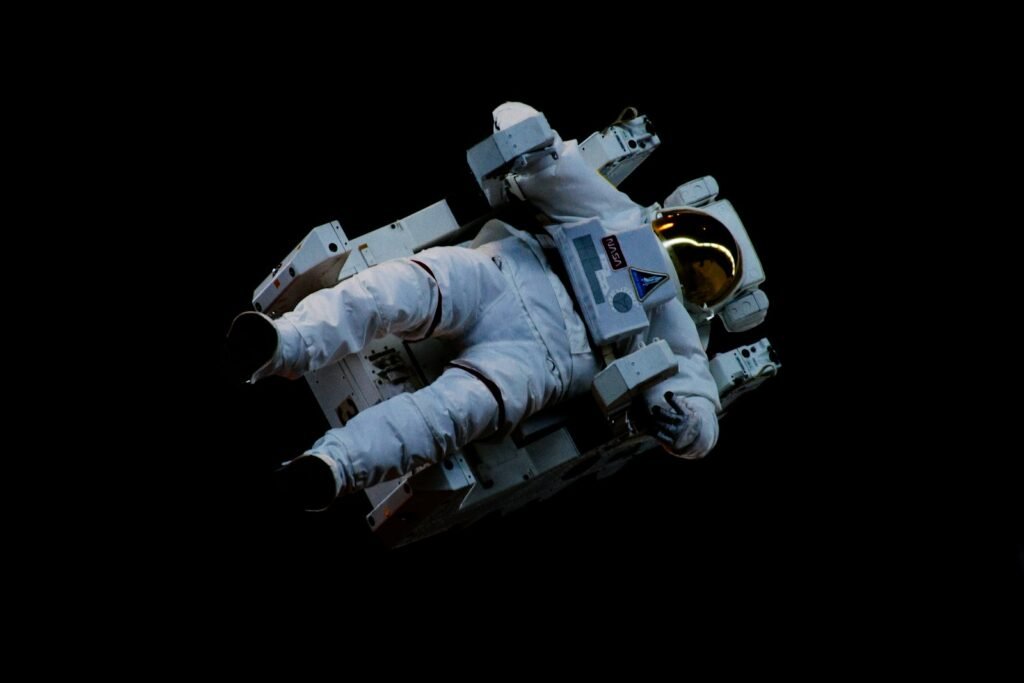
While animal experiments have substantially contributed to our knowledge of space travel, they also raise ethical questions about the treatment and welfare of these creatures. Modern science increasingly emphasizes minimizing animal use in experiments and seeks alternatives like computer modeling and simulators where possible.
In recent years, technological advances have allowed for more non-invasive methods to study the effects of space travel, focusing on refining and reducing the need for animal subjects. As complex as these ethical debates may be, they push science towards more humane and innovative approaches, ensuring future research respects the lives of all creatures involved.
Conclusion: The Legacy of Animal Space Experiments
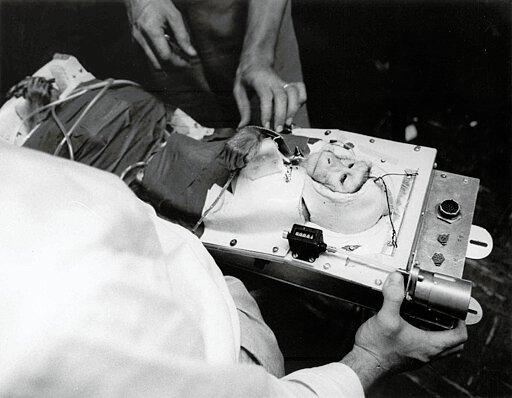
Animal experiments have paved the way for human space exploration, offering invaluable insights that have made space travel more attainable and safer for astronauts. The knowledge garnered from these missions continues to inform our understanding of life in the cosmos, ensuring that our quest to explore and inhabit other planets remains grounded in scientific discovery and ethical responsibility. As we look towards the stars, the legacy of these pioneering creatures remains an integral part of our journey into the vast unknown.


